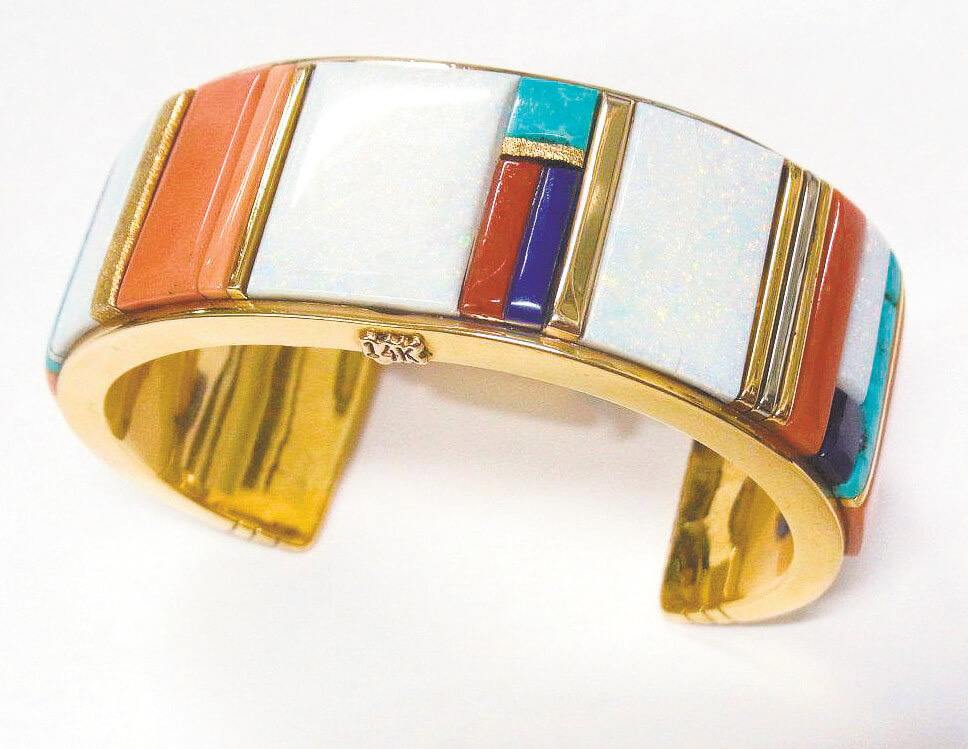At least once a week, an individual asks our opinion on whether to donate a family heirloom to a museum. We generally encourage this if certain conditions are met. If a) it’s an important piece that will actually be exhibited, b) there has been a thorough examination by your attorney and accountant, c) it offers a true benefit to your bottom line, and most importantly, d) you are supporting a museum or educational entity you truly want to help — then it will work to your benefit.
At Hess Fine Art, we have helped several museums deaccession — a nice word that means “sell things that have been donated many years ago but are simply stored in basements or off site and will likely never be exhibited” — items that were either taking up too much space or were not important enough to exhibit. We have sold hundreds of thousands of dollars on our online auctions from museums — including old masters, an incredible 88-piece life and death mask collection, hundreds of prints and original paintings, and scores of Native American artifacts. While it is a romantic notion that your relatives will be able to go to a museum and look at a nameplate engraved with your family’s name attached to a piece of art or other artifact for the next hundred years, this notion is just not the case.
Museums all over the nation are in need of funding. And we urge you to donate whenever you can to every museum you possibly can. But understand that many museums are overrun with items of less interest or value that will never be shown. In fact, it has been written that 97 percent of the Smithsonian’s 160 million items and artifacts are gathering dust, some in buildings with no air conditioning.

THE SMITHSONIAN
Collector's Masterpiece
Recently, the Wall Street Journal ran the numbers for a “hypothetical U.S. taxpayer with an adjusted gross income of $500,000 who owns a painting appraised at $100,000 that she had purchased for $20,000.” Donating it would bring the donor a tax benefit of $41,118. But if the painting was sold for the appraised value of $100,000, “with a typical 15 percent sales commission to an auction house, the seller would owe $31,372 in capital-gains tax, resulting in a net profit of $53,628.
So the owner would end up $12,510 better off by selling [rather] than by donating.” This savings could then be donated to the museum of your choice and the cash could be much better used, as most museums are cash-strapped. Think twice (and consult the museum, your accountant, your lawyer, and Hess Fine Art as well) before donating any item that might not be exhibited. But please continue to support and donate to museums.
This is an archival article formerly written and is for informational purposes only. The valuations in this article have likely changed since it was first written.




